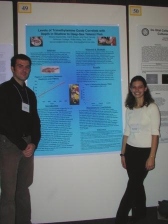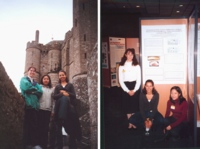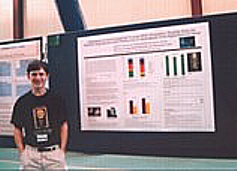| ABOVE: Anna Downing '16 presents our work at the International Deep-Sea Biology Symposium, Aveiro, PORTUGAL -- Sept. 2016 (city in picture is Porto, where the banquet was held) |
ABOVE: Carrie Laxson '10 and Kristianne Chavez '10 present their deep-sea fish / coral research at the International Deep-Sea Biology Symposium, Reykjavik, ICELAND, Jun. 2010
Laxson*, C., N. E. Condon, J. C. Drazen, and P.H. Yancey (2011). Decreasing urea:methylamine ratios with depth in Chondrichthyes: A physiological depth limit? Physio. Biochem. Zool.84:494-505; see REFS below |
| ABOVE: Mackenzie Gerringer in Wellington NZ, Dec. 2012. She presented our results (talk) at the 13th Deep-Sea Biology Symposium (where we also heard and talked to James Cameron about his record submarine dive). |
ABOVE LEFT: Garth Brand and Athena Samerotte present their deep-sea fish research at the 13th Annual Murdock Undergraduate Science conference, Portland, 2004
Brand, G.L., R.V. Horak, N. LeBris, S.K. Goffredi, S.L. Carney, B. Govenar, P.H. Yancey (2007). Hypotaurine and thiotaurine as indicators of sulfide exposure in bivalves and vestimentiferans from hydrothermal vents and cold seeps. Mar. Ecol. 28: 208-18.
Samerotte, A.L., J.C. Drazen, G.L. Brand, B.A. Seibel, P.H. Yancey (2007). Contents of trimethylamine oxide correlate with depth within as well as among species of teleost fish: an analysis of causation. Phys. Zool. Biochem. 80: 197-208
MIDDLE ABOVE: Maria Aunon and Vanessa Walker present their work to government officials (NSF, Congress) at the 4th Annual Posters-on-the-Hill Conference, Washington DC, Apr. 2000
Yancey, P.H., A.L. Fyfe-Johnson, R.H. Kelly, V.P. Walker, M.T. Aunon (2001). Trimethylamine oxide counteracts effects of hydrostatic pressure on proteins of deep-sea teleosts. J. Exp. Zool. 289:172
FAR RIGHT ABOVE: Jeanette Fiess, Jennifer Hom and Hilary Hudson present their work at the 2nd International Hydrothermal Vent Symposium, Brest, FRANCE, Oct. 2001
Fiess. J.C., J.R. Hom, H.A. Hudson, C. Kato, P.H. Yancey (2002). Phosphodiester amine, taurine and derivatives, and other osmolytes in vesicomyid bivalves: correlations with depth and symbiont metabolism. Cahiers Biol. Mar. 43: 337-340 |
|
LEFT: Matt Gillett presents his poster at the Society for Integrative and Comparative Biology, 1996 in Albuquerque; and studies high-pressure effects on a deep-sea fish enzyme at the Hopkins Marine Station
Gillett, M.B., J.R. Suko, F.O. Santoso, P.H. Yancey (1996). Elevated levels of trimethylamine oxide in muscles of deep-sea teleosts. Amer. Zool. 36: 35A (published as full paper in 1997; see REFS below
NEAR RIGHT: Noah Rosenberg presents a poster on our deep-sea research in Mt. Buller, AUSTRALIA, at the 6th Internat'l. Congress on Comparative Physiology and Biochemistry, Feb. 2003.
Rosenberg, N.B,, R.W. Lee, P.H. Yancey (2003). Adaptation to environmental stresses with osmolytes: possible roles for betaine, hypotaurine and thiotaurine in gastropods from hydrothermal vents. Comp. Biochem. Physiol. 134: S120 (Published as full paper in 2006; see REFS below)
FAR RIGHT-->Jenni Rohr presents her poster on diabetes-related work at the 33rd Internat'l Congress of Physiol. Sciences, St. Petersburg, RUSSIA
Rohr, J.M. and P.H. Yancey (1997). Effects of aldose reductase inhibitors, ascorbic acid and aminoguanidine on sorbitol contents in primary renal cultures. (Published as full paper in 1999; see REFS below |
|
|
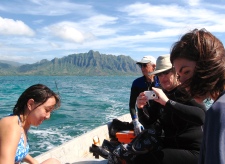 .
.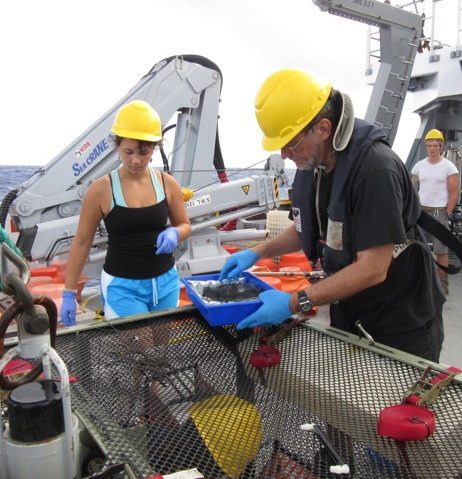
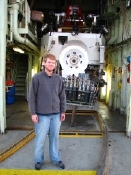



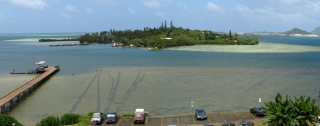
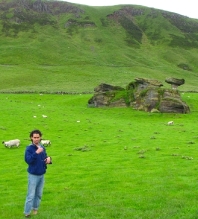 .
.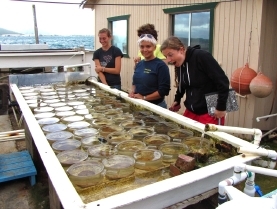
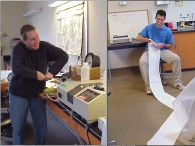
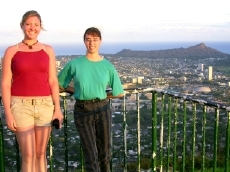
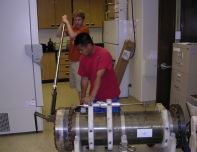
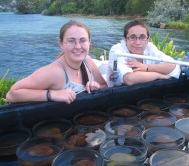
 .
.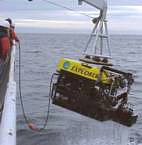 .
.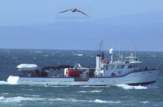
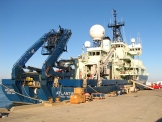
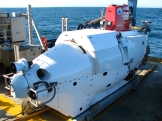
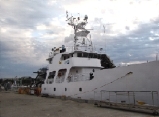
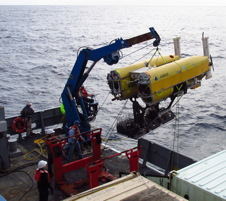
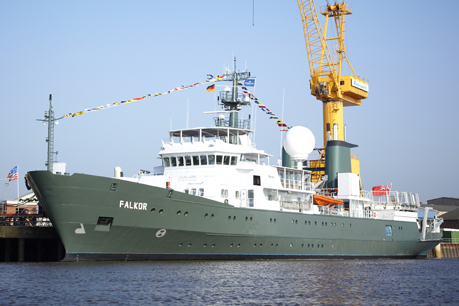
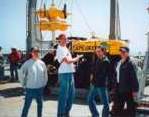
 .
.
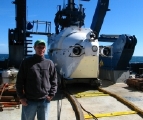 .
.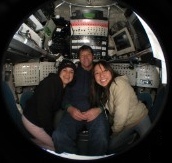 .
.  .
.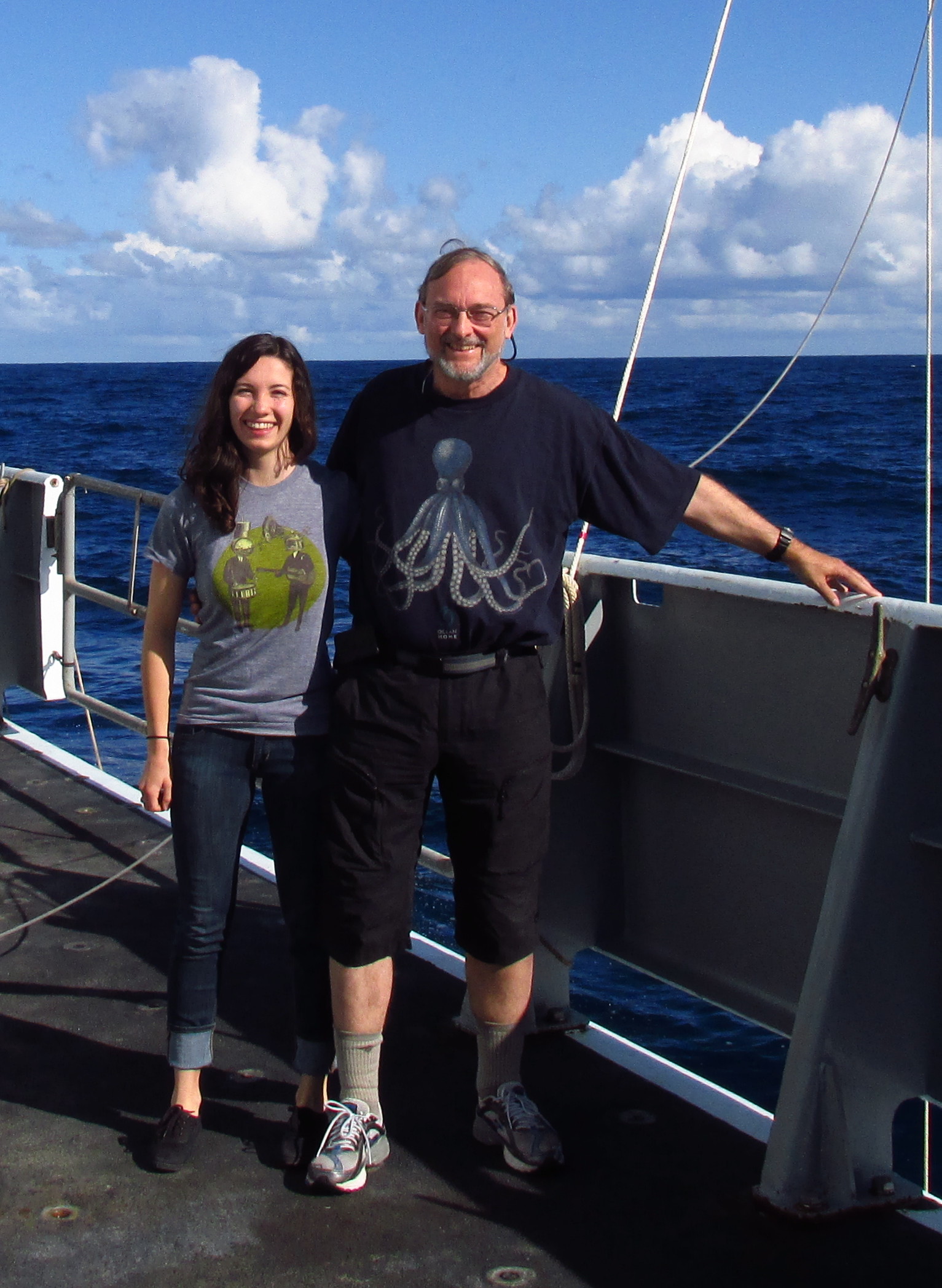
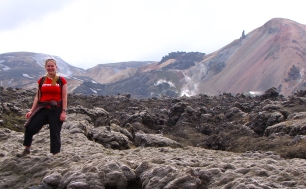
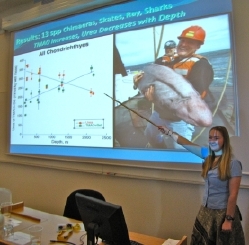
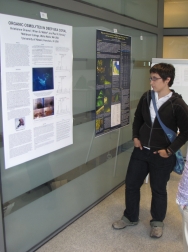
 .
.